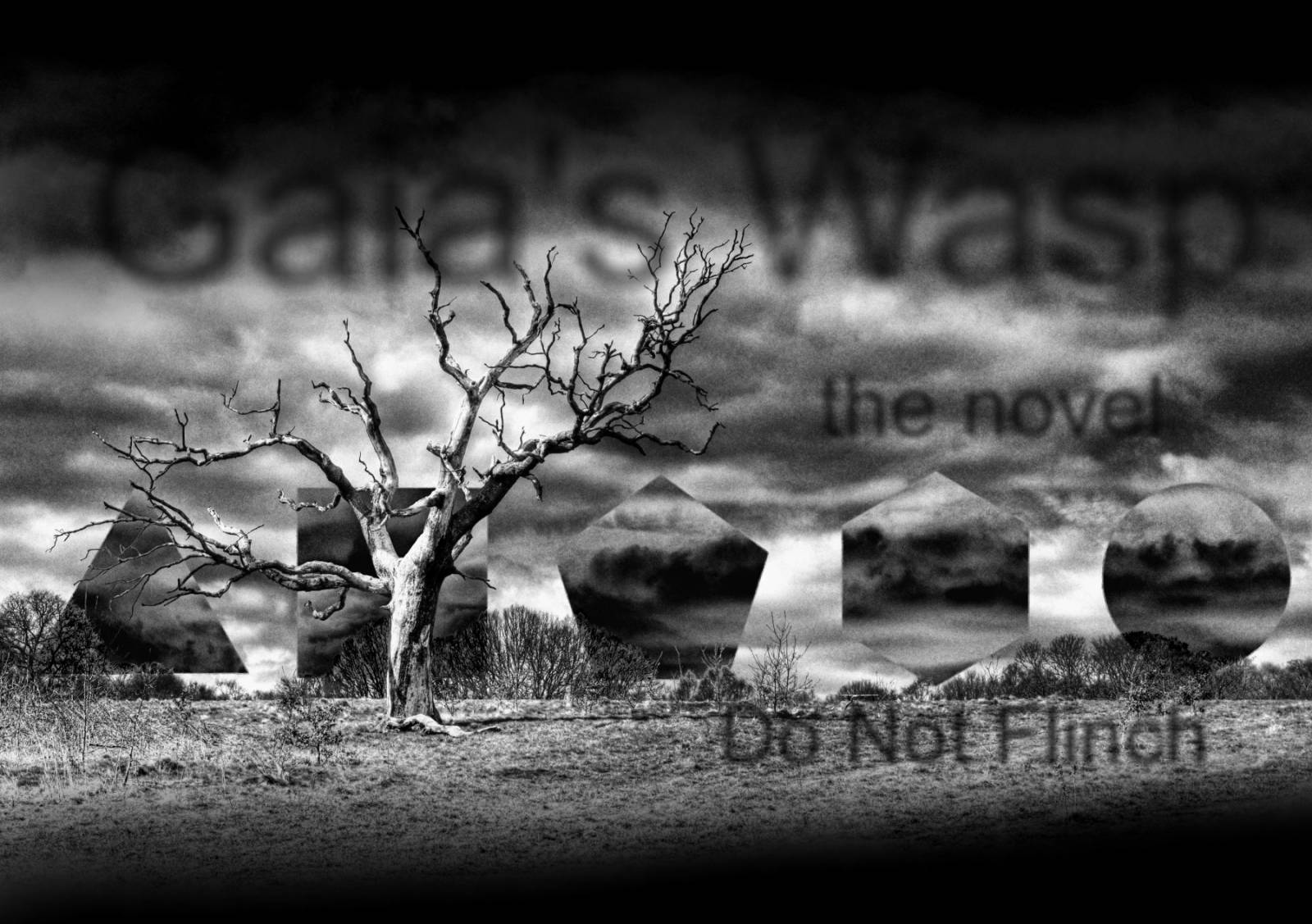
All feelustrations are metaphors for scenes in the story. This is by necessity, since the first rule of feelustration is: Pictures must not literally depict the story. Thus, if a feelustration is not a metaphor, it is irrelevant.
While all feelustrations are metaphors, they may still be divided into types:
Psychologists call this effect, Priming. Unfortunately, psychologists tend to be insane. Nevertheless, they are correct that we react more strongly when an idea hits us from two directions.
For example, if a tiger springs out of your closet, you will jump more enthusiastically if you just saw a rattlesnake.
Reinforce. Our response can be reinforced by a picture immediately after an event.
As every good teacher knows, our brains respond best to ideas that arrive via multiple paths. For example, after a romantic disaster, an image of a car crash.
Reinforcing is just priming in reverse, with the text priming the reader for the picture.
Reinterpret. A picture can change our perception of a past event. For example, a car salesman offers fantastic terms on a five-year lease, followed by a picture of a baited trap.
Punchline is the extreme of reinterpreting. Here the picture violates the expectations created by the text. For example, a new intern asks if he will learn professional skills, and is assured he will, followed by a picture of a man making coffee.
Narrator. A feelustration can state an unspoken (or better yet, unspeakable) truth. A feelustration can be particularly effective as a true answer to an uncomfortable question.
For example, consider a scene where a woman asks, "Do you think I am pretty?" and a man answers, "Of course." This scene will read differently if the question and answer are separated by a picture of a pig.
